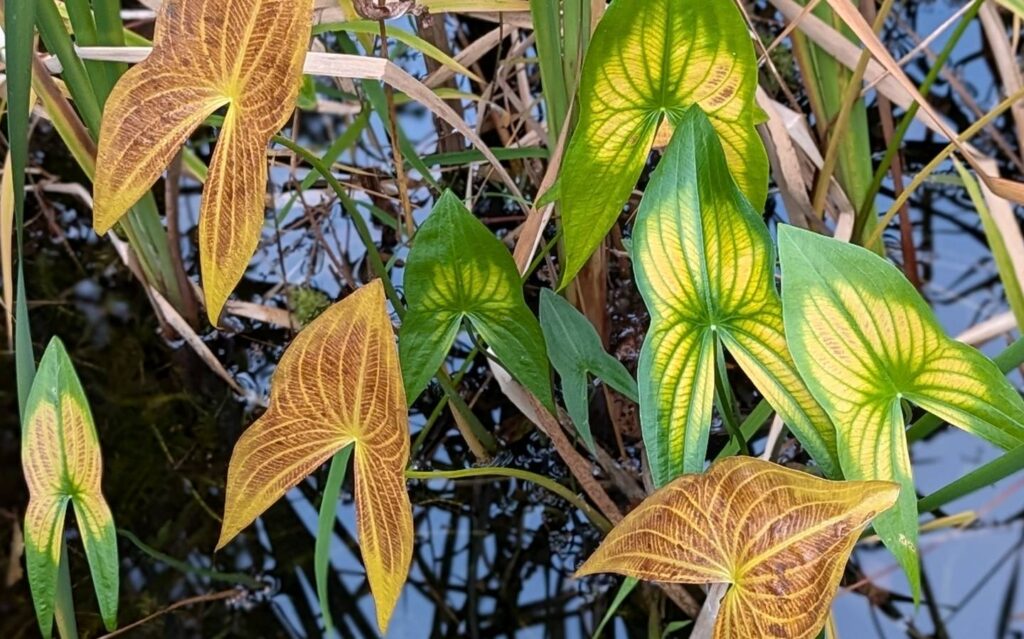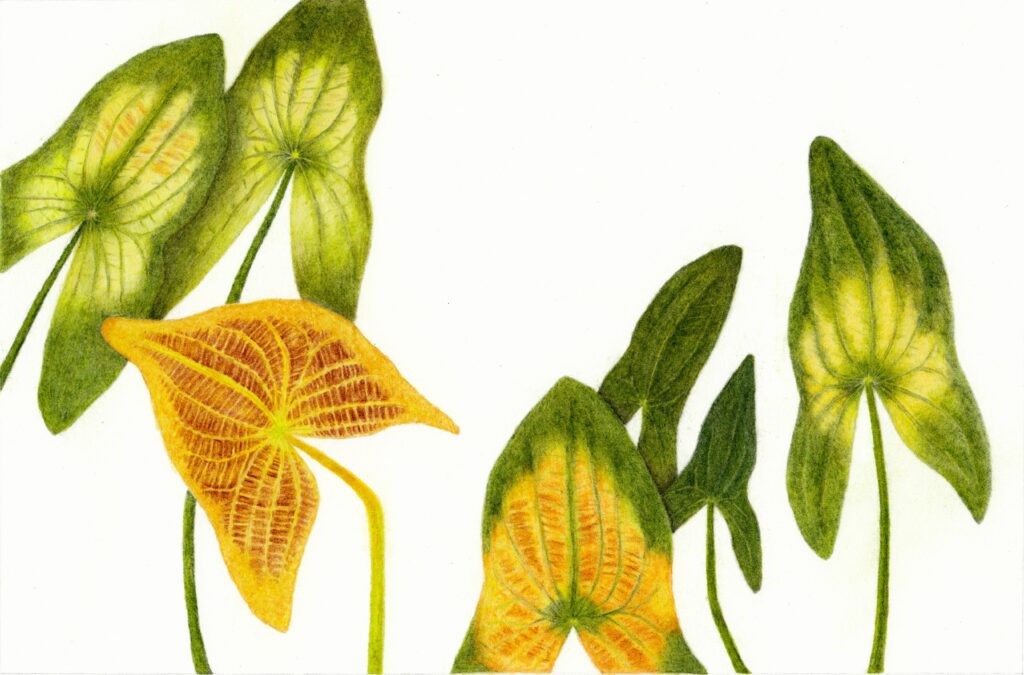
I am drawn to their intricate, unique structures and am fascinated by their survival strategies in the crowded, botanical world. When I look closely at a flower, I remember those high school biology classes where we had to draw the subject to improve our skills in observation. This is still true.
” For a scientific understanding of how plants work, there is no better teacher than a beautiful drawing.” Bunny Guinness, British landscape architect, journalist and radio personality.
Botanical illustration is still the best method to show all plant details necessary for an identification. With an illustration we can represent cuts, sections or 3D features more clearly than a photograph. As noted in Botanical Art Techniques, by the American Society of Botanical Artists, a botanical illustration is to show, in detail, all of the plant’s parts and “were often made to serve a scientific purpose”.
Botanical art on the other hand, can take many different paths and there is a world of amazing artists creating beautiful botanical works. These can still be an accurate depiction of a plant but the goal is more to the aesthetic. The compositions are not necessarily of one plant or all of one plant and subjects can be dead leaves, seedpods, bulbs with roots and much more. Botanical art is more a reflection of the personal relationship between the artist and the subject.

Here is one of my compositions, called ‘Transition’, created in coloured pencil. The Broadleaf Arrowhead (Sagittaria latifolia) is a faithful aquatic that returns every year in my pond. Last year, in late August, new leaves were still emerging as the older leaves began to lose their chlorophyll. The new leaves were sagittate (arrow-shaped with backward-facing pointed lobes) while the older leaves were more cordate and triangular. The mesophyll layers lose their chlorophyll first while the vascular bundles were the last. The colour transition from dark greens to yellows to browns was beautiful to see.
CSB 2025-05-05
Leave a Reply